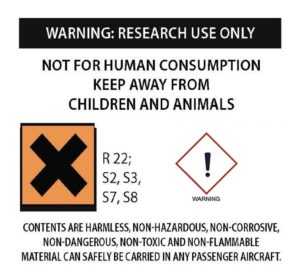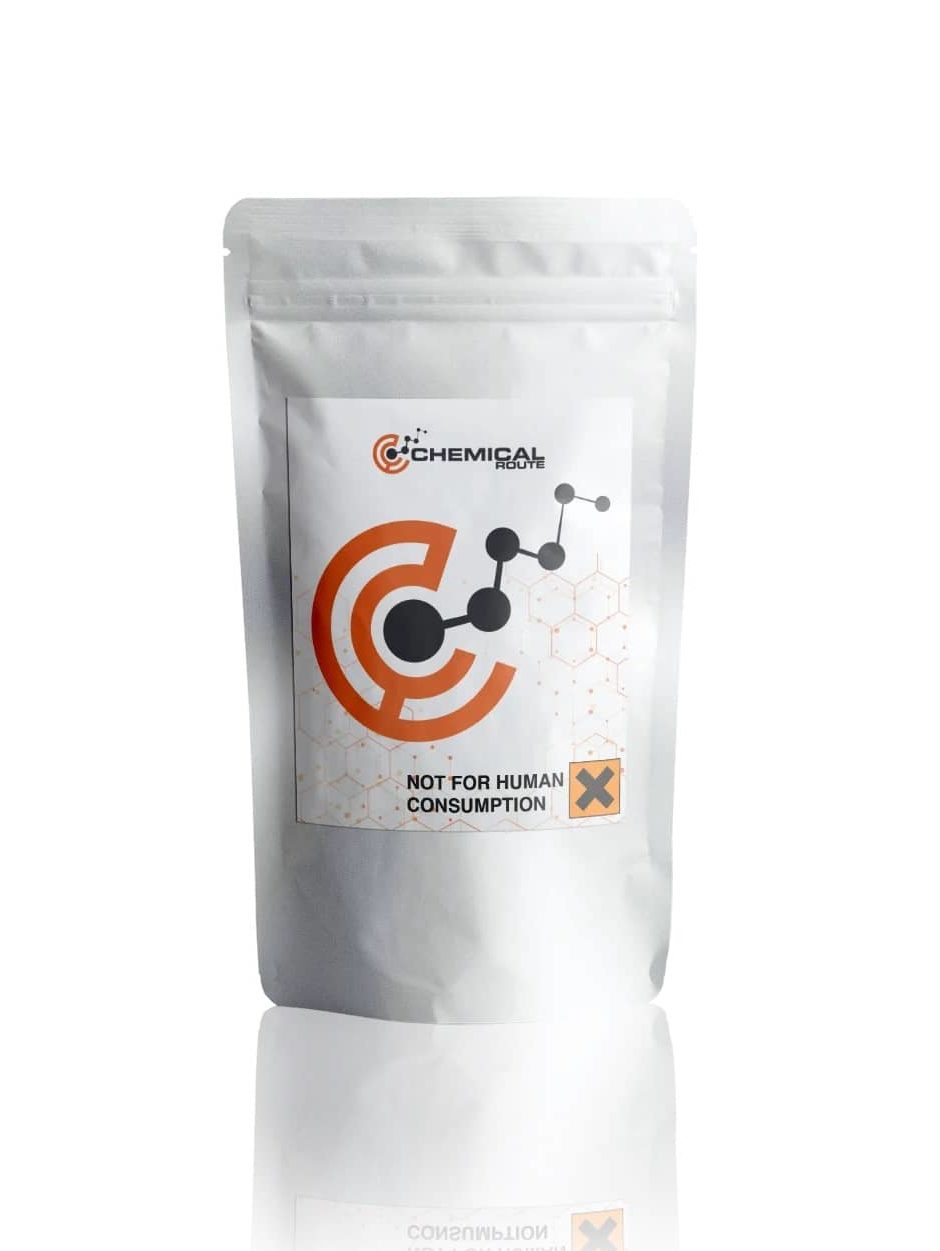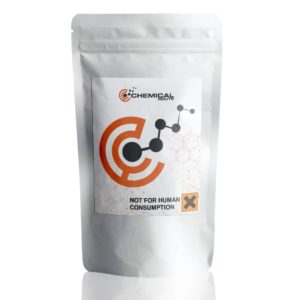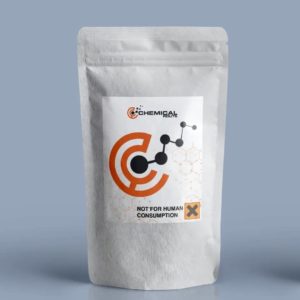Description
Escaline, 4-ethoxy Mescaline
Product information
IUPAC-name 4-
Synonyms Escaline, 4-ethoxy Mescaline
Formal name 4-
Cas number 3166-82-3
Formula C12H19NO3 • HCl
Formula Weight 261.7
Purity 99.0 % min.
Formulations A neat solid, Powder
Solubility
- DMF: 0.5 mg/ml
- DMSO: 3 mg/ml
- Ethanol: 10 mg/ml
- PBS (pH 7.2): 3 mg/ml
Escaline, 4-ethoxy Mescaline
The drug escaline is a derivative of the phenethylamine class. It was first synthesized in 1954 by Benington et al., but it was later re-examined by David Nichols in his laboratory. His research led to the development of multiple mescaline analogues, including isoproscaline, escaline, and proscaline.
In his book PiHKAL, Alexander Shulgin talked about the effects of mescaline analogues on humans. He listed the dosage range of 40 to 60 mg, and he claimed that the drug’s duration of action can last up to 12 hours. The phenethylamine derivative of mescaline is known as escaline.
In his book, Alexander Shulgin talked about the effects of escaline. He listed the dosage range of 40 to 60 mg, and he claimed that the drug’s duration of action can last up to 12 hours. According to him, escaline differs from mescaline in that it doesn’t induce nausea, and the onset of action is quicker. However, the time course and the qualitative content of the drug are similar.
Chemistry
A 3,5-diethyl-4-hydroxyphenethylamine known as escaline is a substituted phenethylamine that features a phenyl ring bound to an amino-NH2 group. It is also produced with two methoxy functional groups. These two groups are attached to carbons R3 and R5 and are respectively joined to an ethyl chain.
Pharmacology
The activity of the drug escalaline is higher than that of mescaline at the 5-HT2A receptor (serotonin). It is believed that this compound’s effects are due to its partial agonist role. However, the exact mechanisms by which this drug interacts with this receptor and its effects on the psychedelic experience are still unclear.
The toxicological and physiological properties of this compound has not been analyzed. Usage of this Chemical should be for research and forensic purposes only.
WARNING This product is not for human or veterinary use.

This product is only available to persons of 21 years old and above.
Hazard statement(s)
| H302 | Harmful if swallowed |
| H315 | Causes skin irritation |
| H319 | Causes serious eye irritation |
| H332 | Harmful if inhaled |
| H335 | cause respiratory irritation |
| H336 | cause drowsiness or dizziness |
| Precautionary statement(s) | |
| P264 | Wash hands thoroughly after handling |
| P280 | protective gloves/protective clothing/eye protection/face protection |
| P305 + P351 + P338 | IF IN EYES: Rinse cautiously with for several minutes. Remove contact lenses, if present and easy to do. Continue rinsing. |
| P337 + P313 | If eye irritation persists: Get medical advice/attention |
| P261 | Avoid breathing dust/ fume/ gas/ mist/ vapors/ spray |
| P271 | Use only outdoors or in a well-ventilated area |
| P304 + P340 | IF INHALED: Remove victim to fresh air and keep at rest in a position comfortable for breathing |
| P312 | Call a POISON CENTER or doctor/physician if you feel unwell |
| P403 + P233 | Store in a well-ventilated place. Keep container tightly closed |
| P405 | Store locked up |
| P501 | Dispose of contents/container to a licensed disposal company |




Reviews
There are no reviews yet.